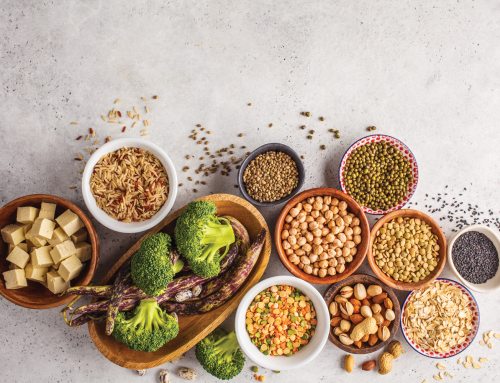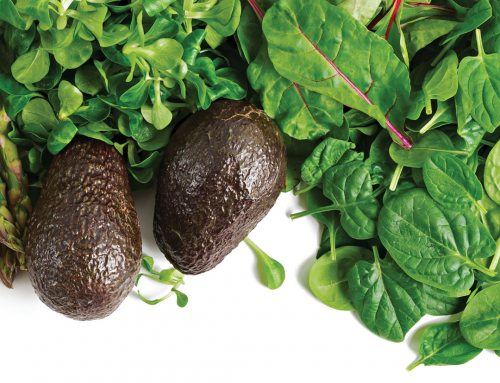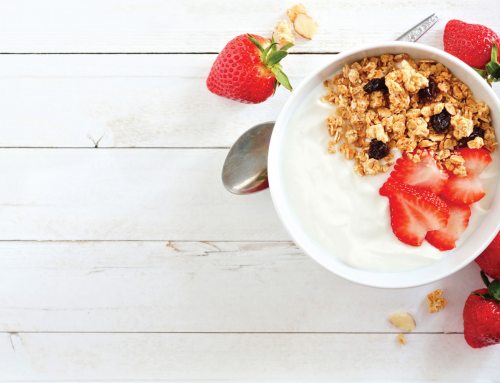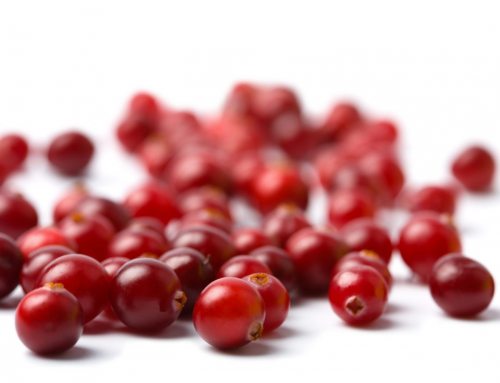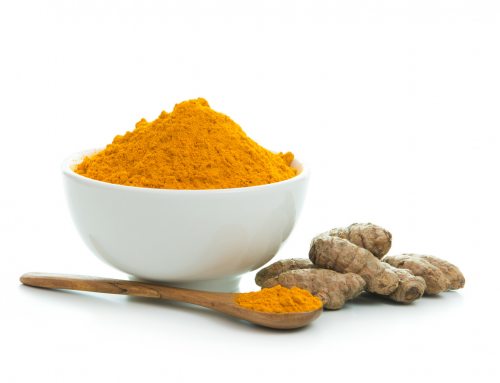Reduces Your Risk for Cancer
Kale’s risk-lowering benefits for cancer have recently been extended to at least five different types of cancer. These types include cancer of the bladder, breast, colon, ovary, and prostate. Isothiocyanates made from glucosinolates in kale play a primary role in achieving these risk-lowering benefits.
Has More Vitamin A Than Other Leafy Greens
Kale has 133 percent of a person’s daily vitamin A requirement — that’s more than any other leafy green including spinach.
Is a Great Source of ALA
People don’t typically think of greens as sources of healthful fats but, kale is actually a great source of alpha-linoleic acid (ALA). ALA is the omega-3 fatty acid that’s essential for our brain health, reduces Type 2 diabetes risk and boosts heart health as well. Each cup has 121 mg of ALA.
Has More Vitamin C Than An Orange
A single cup of chopped kale has 134 percent of the recommended daily intake of vitamin C, while a medium orange fruit has 113 percent of the daily vitamin C requirement. That’s important to note because a cup of kale weighs only 67 grams, while a medium orange weighs 131 grams. In short, gram for gram, kale has more than twice the vitamin C as an orange.
Should be Eaten with Other Foods
Kale has plenty of phytonutrients, including things like quercetin (helps fight inflammation and prevents arterial plaque formation) and sulforaphane (a cancer-fighting compound). However, many of its top health-promoting compounds are rendered more effective when you eat kale in combination with another food. Fats like avocado, olive oil or even parmesan cheese make fat-soluble carotenoids more available to your body. In addition, acid from lemon juice helps make kale’s iron more bioavailable.


